This article is the second in the series about New England bird calls here on Birdwatch World. If you haven’t read the first post in the series, you can find it here. Once the next blog post in this series is written, it will be linked at the end of this article.
All of the birds included here are common in all 6 states of New England all year round. If you are searching for a particular bird call you have heard, you should hopefully find it here or in one of the other articles in this series.
1. Common Raven
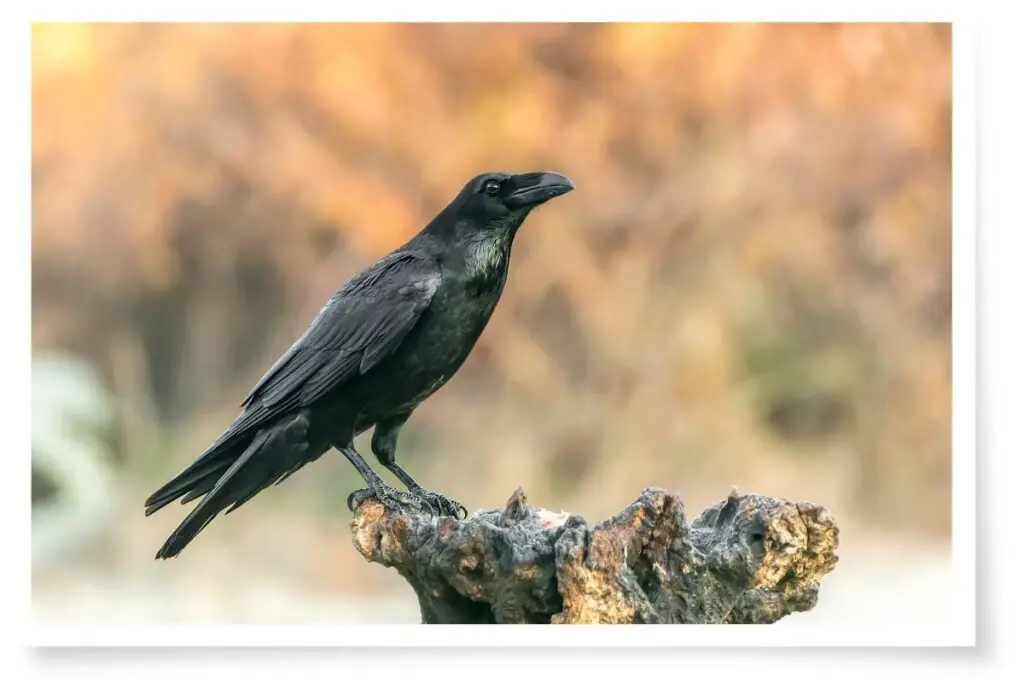
Description
Common Ravens (also called Northern Ravens) are one of the most widespread and naturally occurring birds in the world. They are rather large birds, measuring around 69 cm (27.2 in.) in length.
Often confused with the common Crow, these birds are bigger and have a much broader beak and a different head shape.
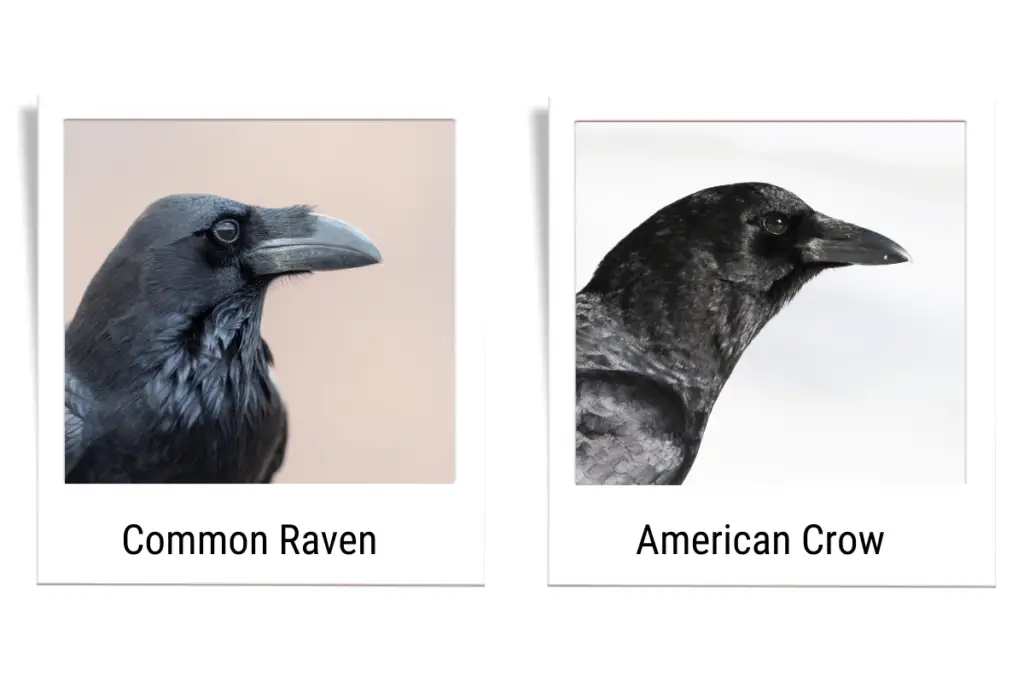
Calls
Ravens have a large vocabulary with 20 distinct calls that have known functions. Using a spectrograph to analyze the sounds ravens make, scientists have discovered 79 distinguishable call types.
They are also skilled mimics and are able to copy various other bird species, dogs barking, car alarms, and even human speech.
Call Example 1
Call Example 2
Call Example 3
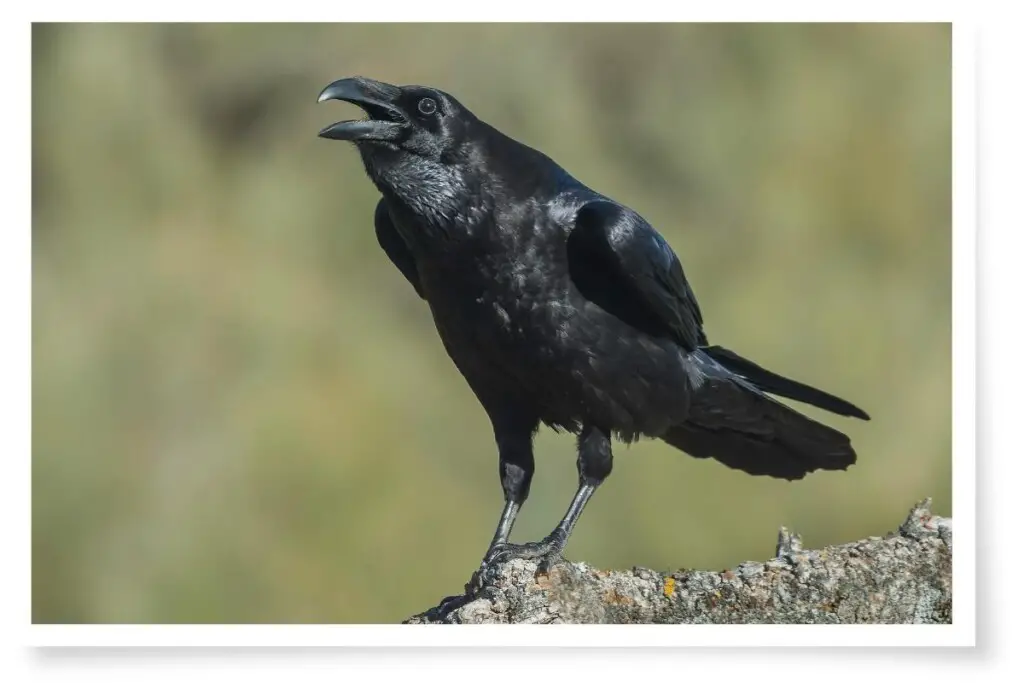
Time Of Day They Are Heard
Ravens can be heard at any time of the day or night. As with Crows, the sound of Ravens during the night is thought by some to be a bad omen, indicating that a death has occurred or will occur.
2. Dark-eyed Junco
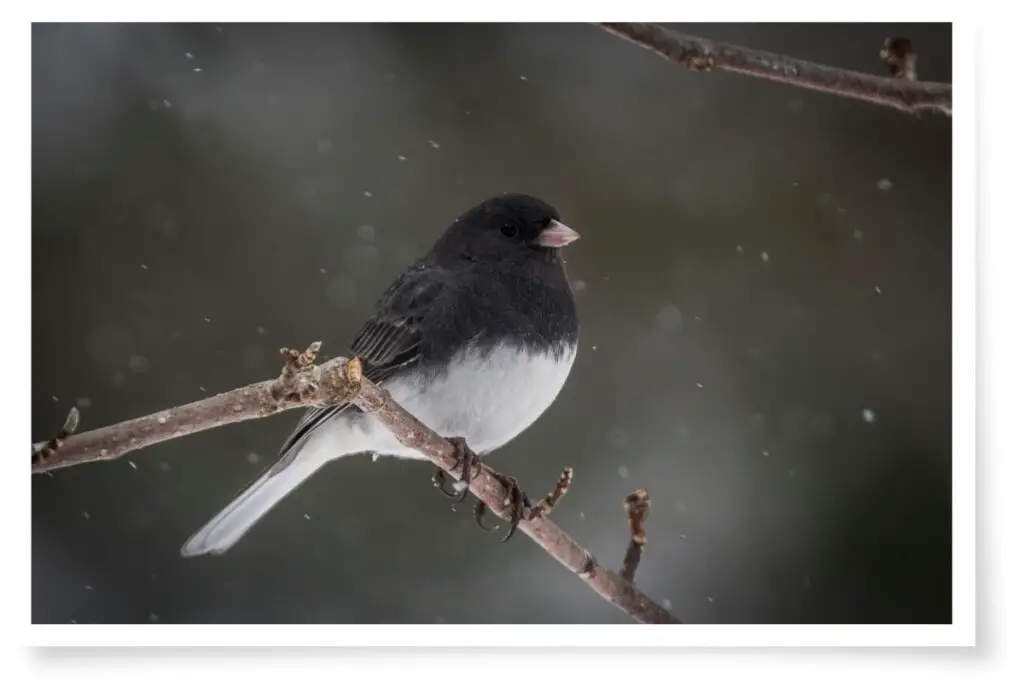
Description
These birds are one of the most common and familiar songbirds in the US. They are found year-round in all 6 New England states.
The Dark-eyed Junco is a medium-sized Sparrow that measures around 14.5-16.5 cm (5.7-6.5 in.) in length.
Though there is wide variation between the plumages of Dark-eyed Juncos west of the plains, in the east, they are gray to black above and have white bellies. They have the appearance of having fallen headfirst into a pot of gray or black paint.
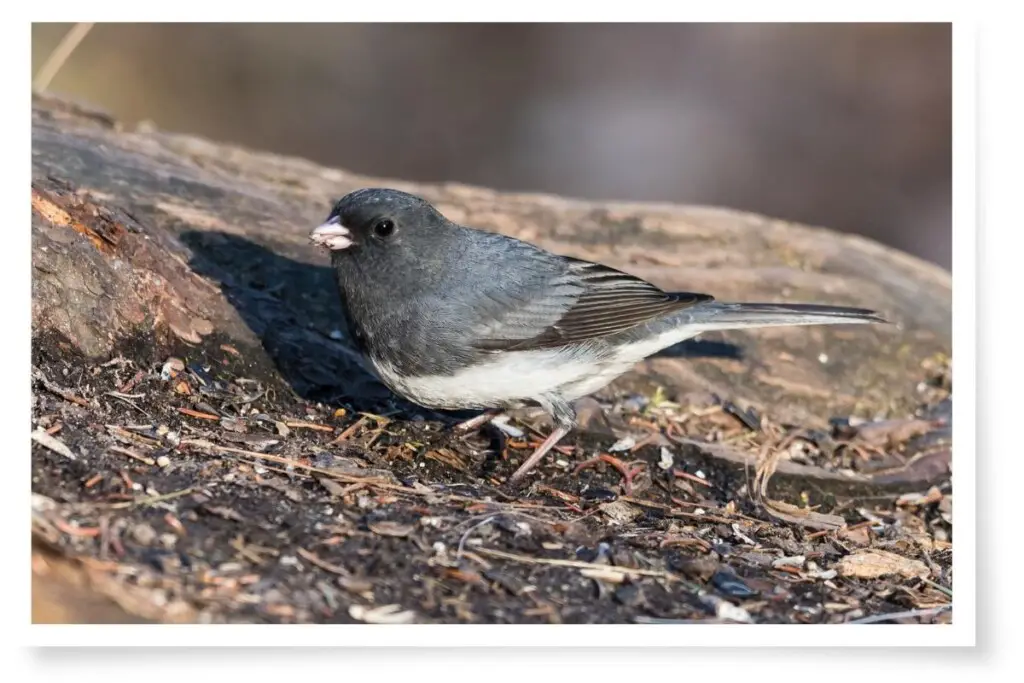
Calls
The song of the dark-eyed junco sounds like a miniature machine gun blaster from a Star Wars movie:
Song Example 1
Song Example 2
Dark-eyed juncos also produce a call that is a short, sharp syllable kind of like a click of the tongue in humans:
Call Example
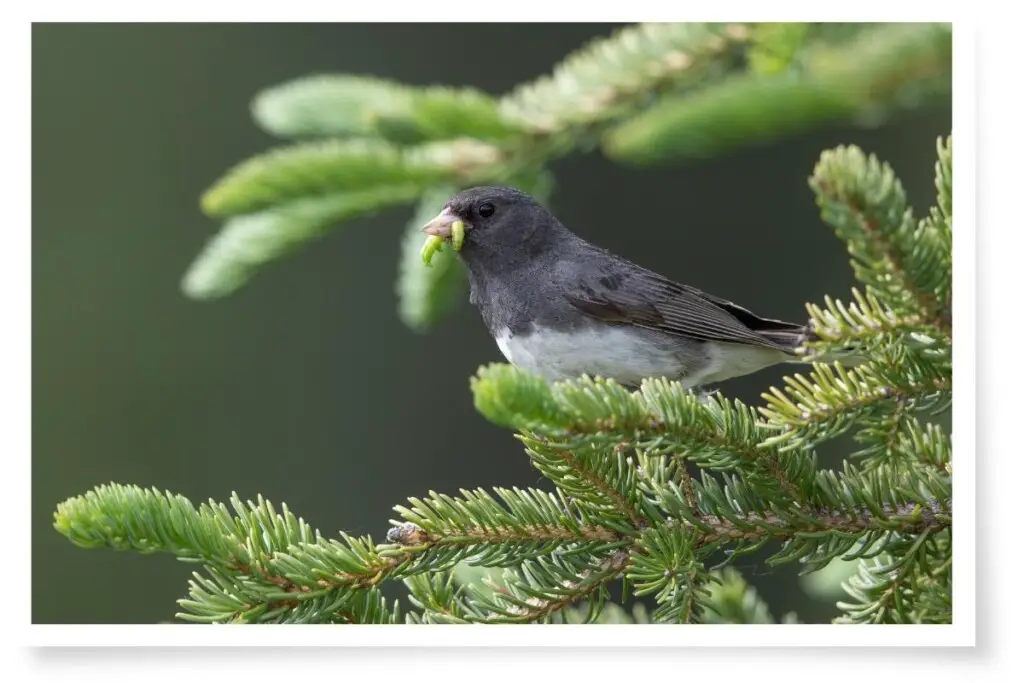
Time Of Day They Are Heard
You will hear the calls of dark-eyed juncos most time throughout the day, though they make less noise around midday.
It is not uncommon to hear them during the night either, singing or calling during flight.
Read all about what small birds like the Dark-eyed Junco eat in this article here on my blog.
3. Downy Woodpecker
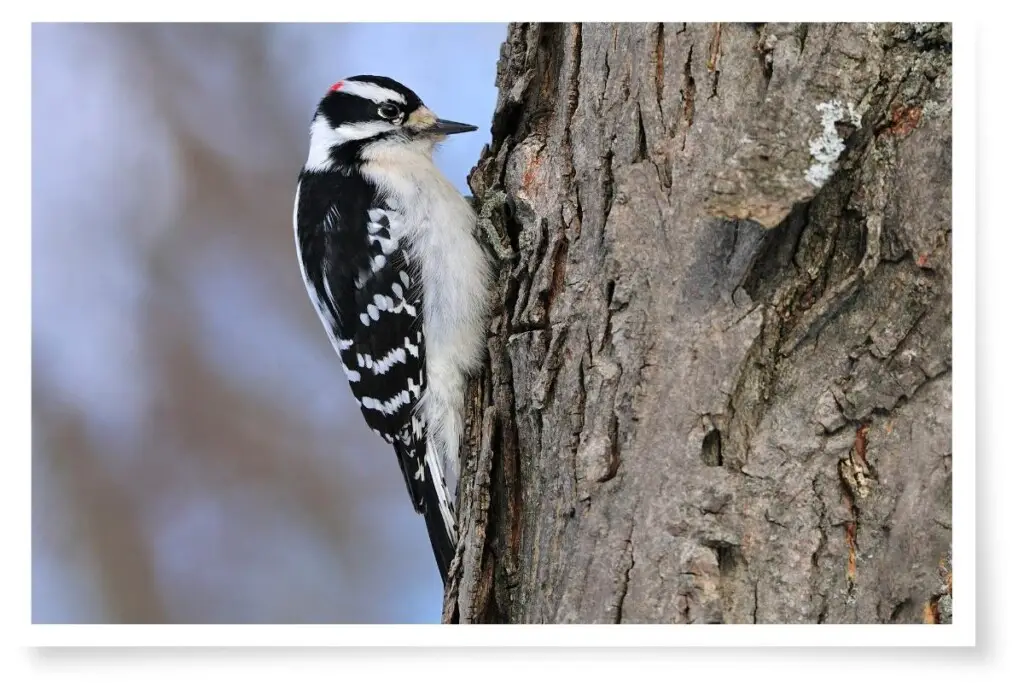
Description
The Downy Woodpecker is one of the smallest and most widely distributed woodpeckers in the United States. They are around 14.4-17 cm (5.7-6.7 in.) in length.
Mostly black and white, though males do have a small red patch on the nape of their necks.
Calls
Downy woodpeckers have a variety of calls, including short pik sounds, a higher intensity peek call, a whinny that is similar to a horse only high-pitched, and more…
Pik Call
Whinny Call

Peek Call
Of course, the one sound that woodpeckers make we are familiar with is the drumming noise they create when pecking away at a tree. Naturally, this is not a “call” but I had to include it nonetheless.
Drumming Sound
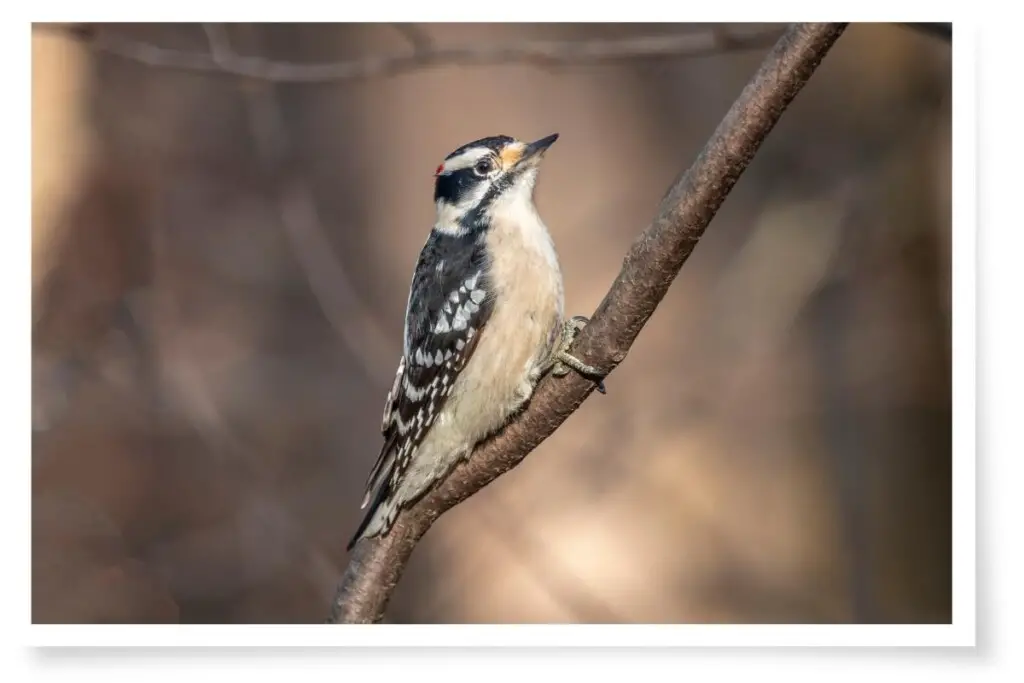
Time Of Day They Are Heard
Downy Woodpeckers will utter calls during all times of the day, generally starting just before or after sunrise upon emerging from their roost cavities.
Normally, woodpeckers do not peck at night however there is one recording on xeno-canto.org of a drumming sound that was recorded at midnight.
4. European Starling
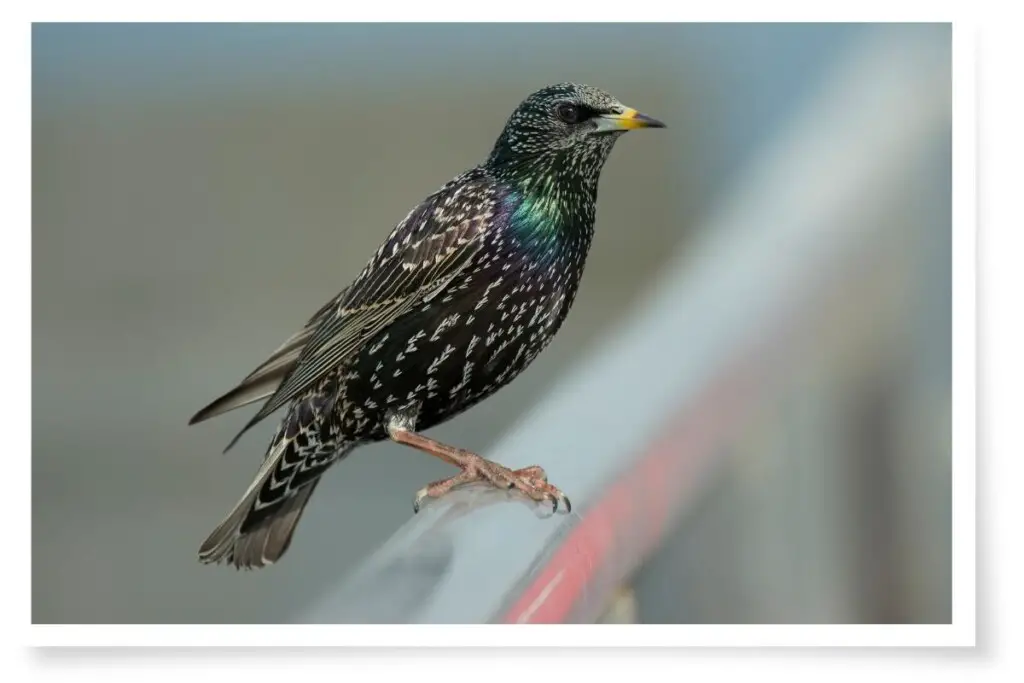
Description
Arguably the most successful introduced species in North America. The European Starling population has grown to more than 200 million since the introduction of just 100 individuals into Central Park in 1890 and 1891.
Male birds are between 20.6 and 23.1 cm (8.1-9.1 in.) in length. They have glossy black plumage with white spots. Their feathers show iridescent green and purple in sunlight.
Female European starlings are slightly smaller at between 20.3 and 22.4 cm (8-8.8 in.) long and are similar in appearance to the males.
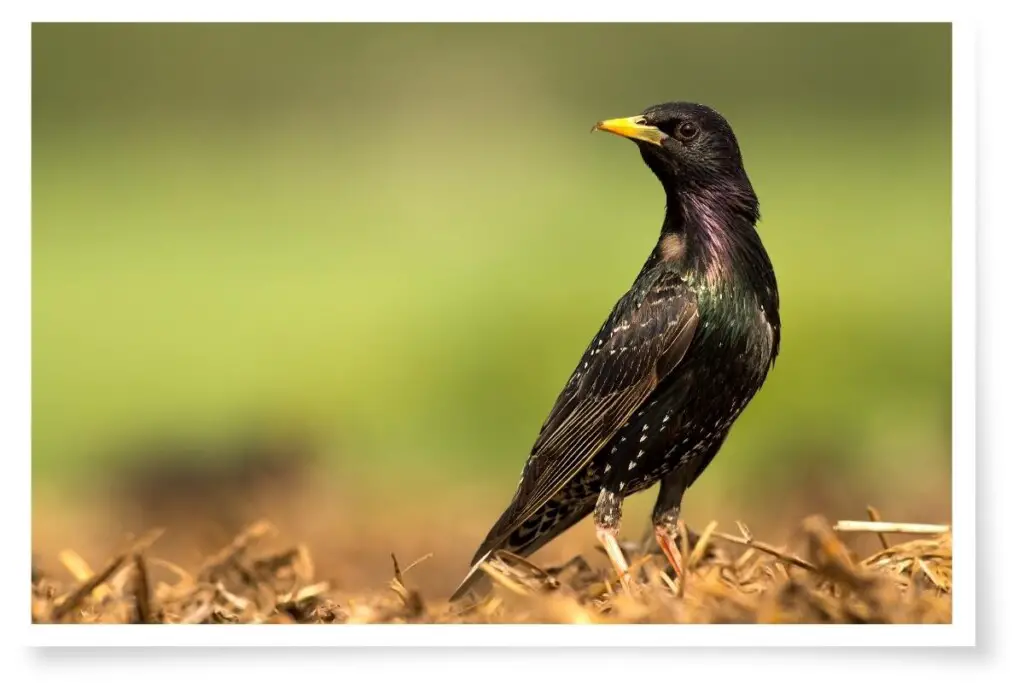
Calls
Starlings have an impressive range of sounds and even mimic other birds.
Call Example 1
Call Example 2
Alarm Call

The next recording gives an impressive example of the starlings’ ability to mimic other species. At 0:07 this bird imitates a Northern Lapwing; at 0:16 you hear the alarm call of the European Robin and there are more calls copied following those:
Mimicry Example
Time Of Day They Are Heard
European Starlings will sing or call at pretty much any time of the day. Most of their vocalization happens during the morning or evening.
You may also hear starlings calling while flying at night.
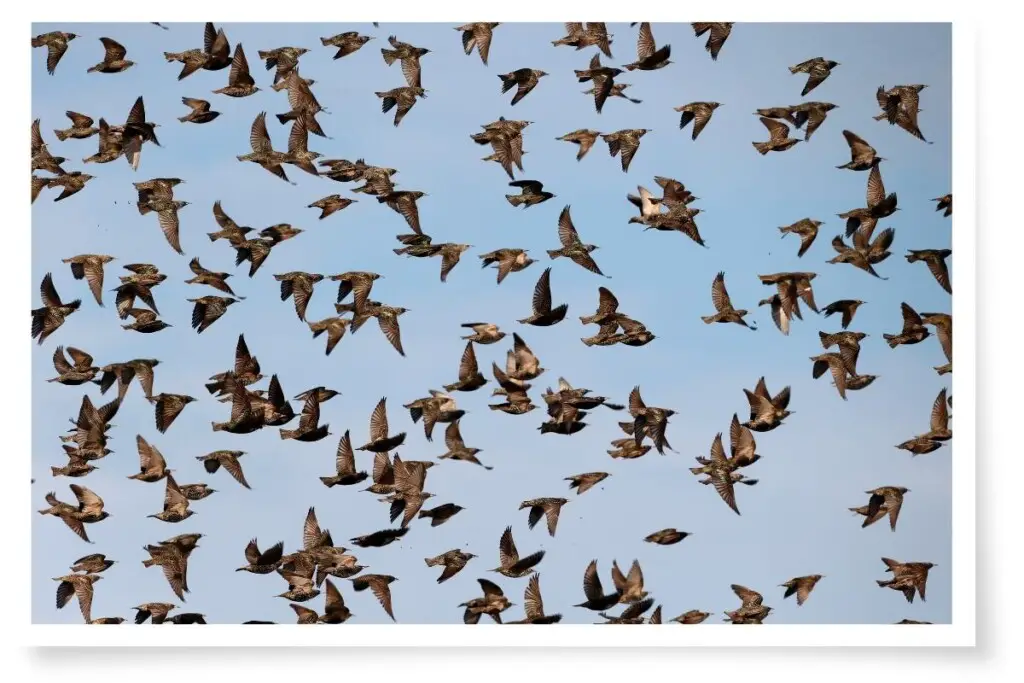
Discover 20 common small birds of North America in this post here on the site.
5. Hairy Woodpecker
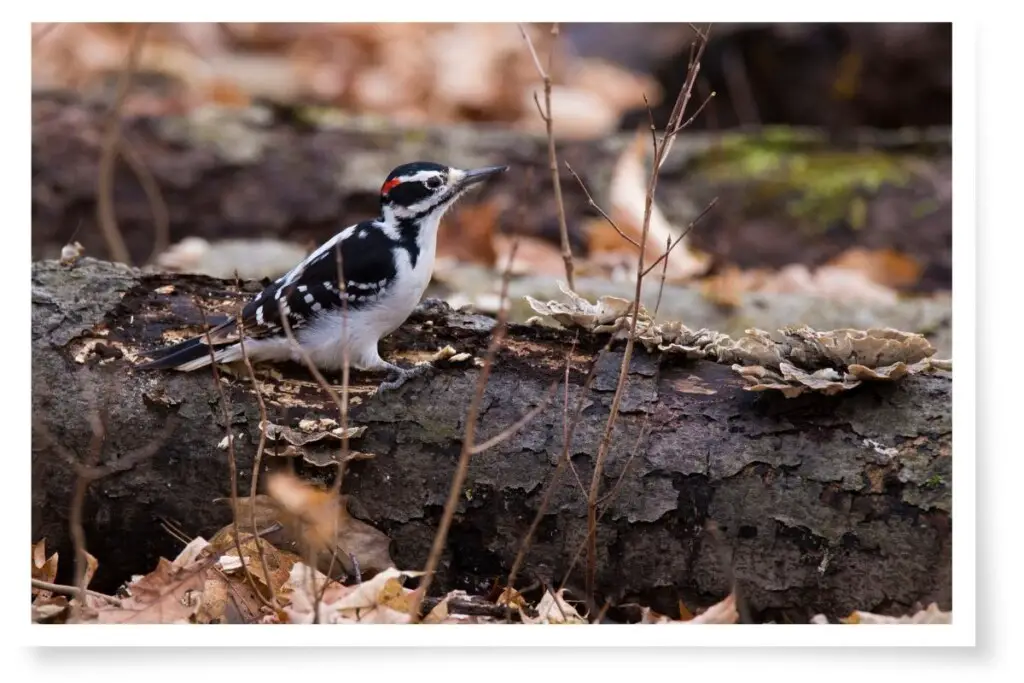
Description
Hairy Woodpeckers are hard to distinguish from Downy Woodpeckers as they both have very similar plumage.
There are three major differences between the hairy and downy woodpecker:
- Hairy Woodpeckers are larger (around 25 cm or 9.8 in.)
- Hairy Woodpeckers also have longer, heavier bills.
- They also lack the black spots Downy Woodpeckers have on their outer tail feathers.
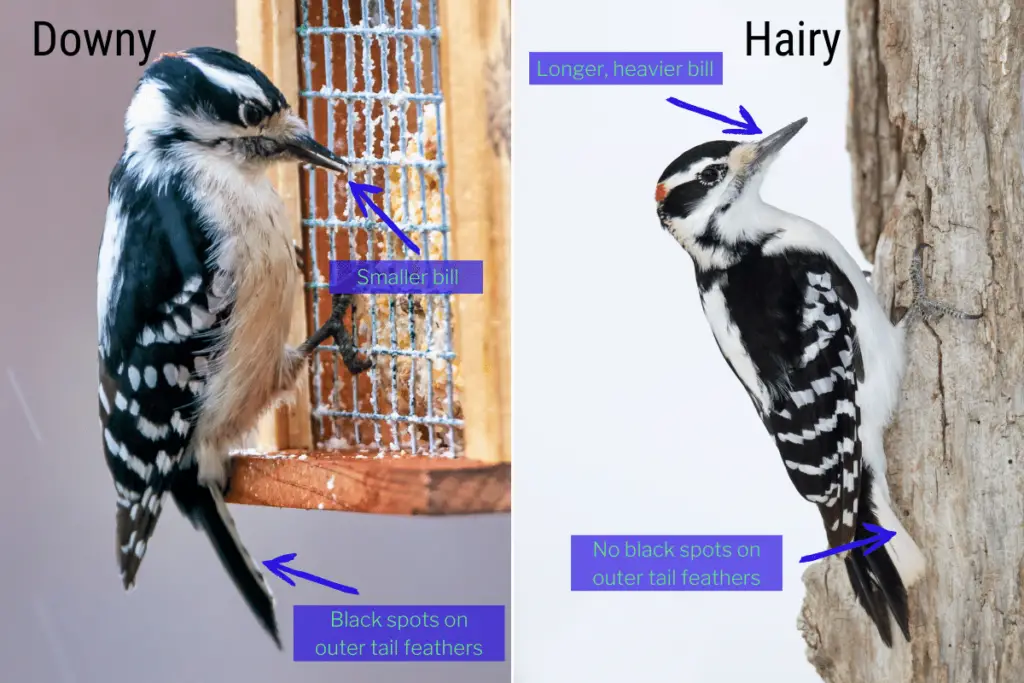
Another way to distinguish the two is that the red patch on the hairy woodpeckers in eastern North America is sometimes split in two.
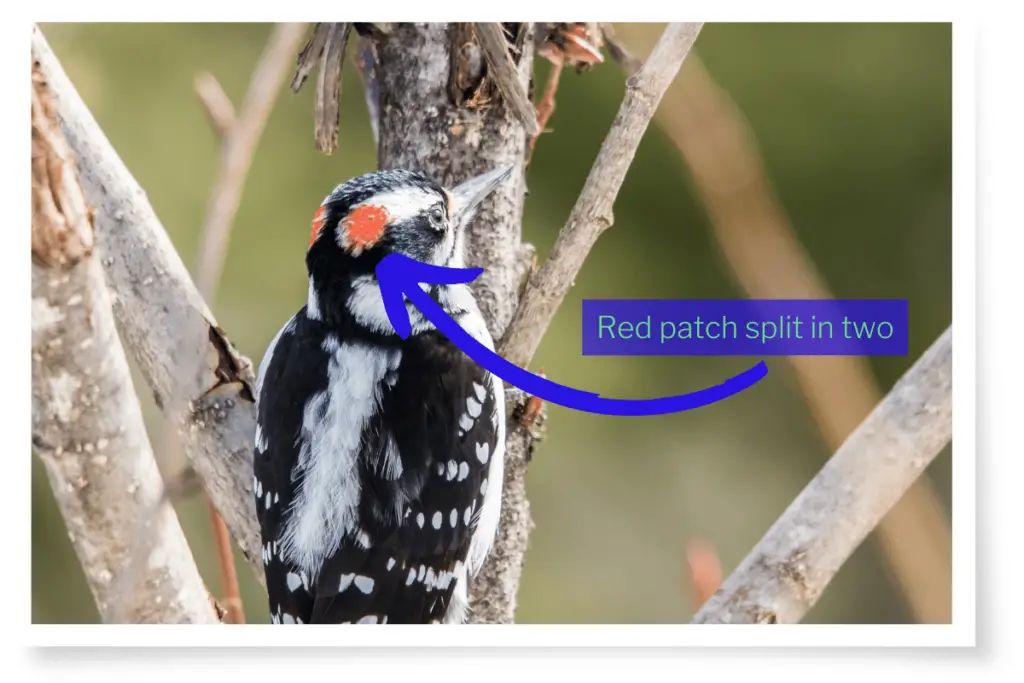
Calls
Hairy Woodpeckers make a variety of different sounds comprised of simple notes and patterns of notes.
Call Example 1
Call Example 2
Call Example 3
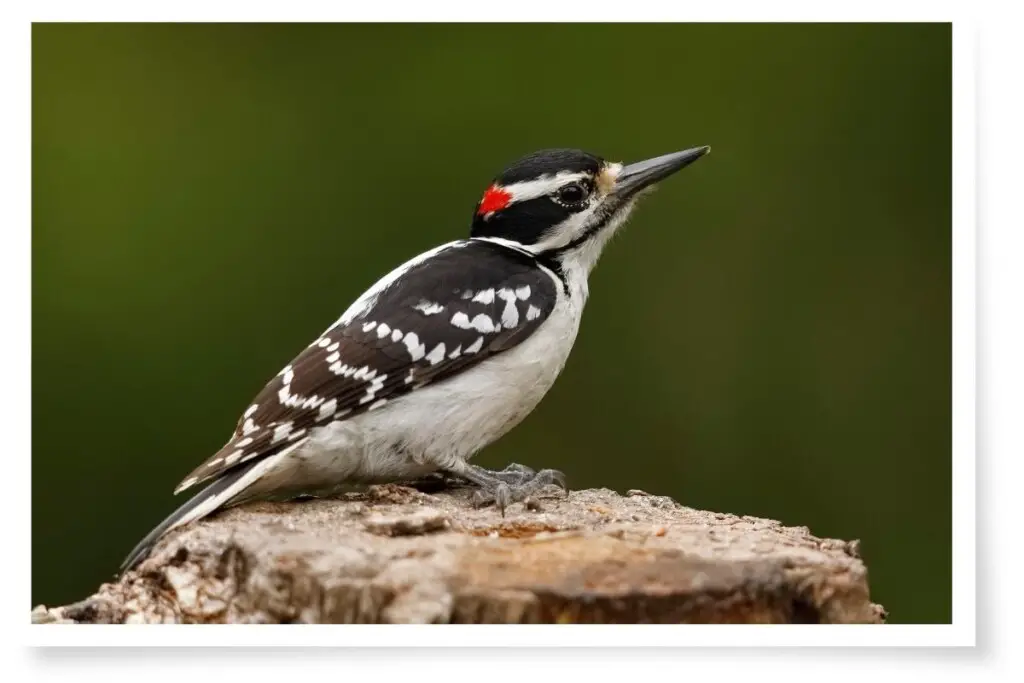
Time Of Day They Are Heard
Hairy woodpeckers are most vocal in the morning after exiting from their roost. They are generally most vocal on warm days early in the Spring.
They will make sounds at night, especially drumming and also alarm calls.
6. Hooded Merganser
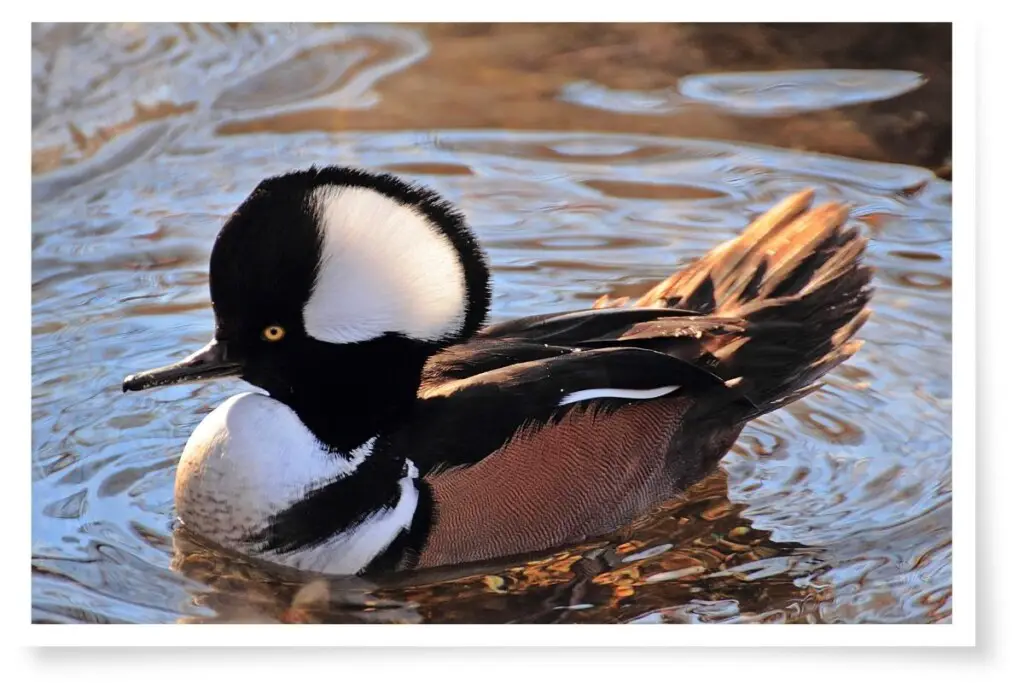
Description
Hooded Mergansers can be found in rivers, lakes, and ponds in forested areas all across New England.
They are the smallest of three North American mergansers. Males measure around 43-49 cm (16.9-19.3 in.) and females are about 40-46 cm (15.7-18.1 in.) in length.
The males are stunning when in breeding plumage. Their heads and necks are black with white markings on either side of the crest. Their lower flanks are a rich reddish-brown or chestnut color and their chests and breasts are mostly white with dark markings.
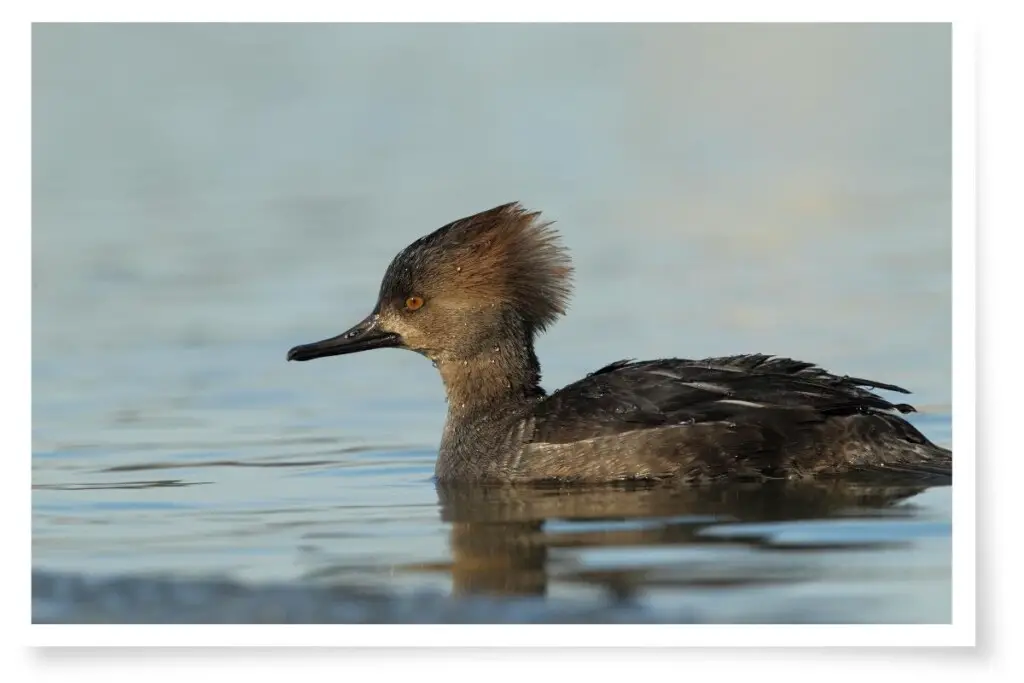
Female hooded mergansers, aside from being smaller than the males, are mostly brown with a bushy brown crest.
Calls
Hooded mergansers are mostly quiet, though they will make sounds during courtship.
Male birds produce a frog-like sound that resembles the sound of the pickerel frog. This has earned them the nickname “frog duck” in Georgia.
Call Example 1
Call Example 2
Time Of Day They Are Heard
The recorded calls on xeno-canto.org are mostly from the morning, starting at 6:22 AM and occurring at various times up until 11:00 AM.
As with most birds, hooded mergansers are quietest around midday.
The latest recording from xeno-canto was captured at 7:30 PM, indicating that these birds are probably mostly quiet during the night.
Discover the remarkable ways in which birds find water in this article here on the site.
7. Mallard
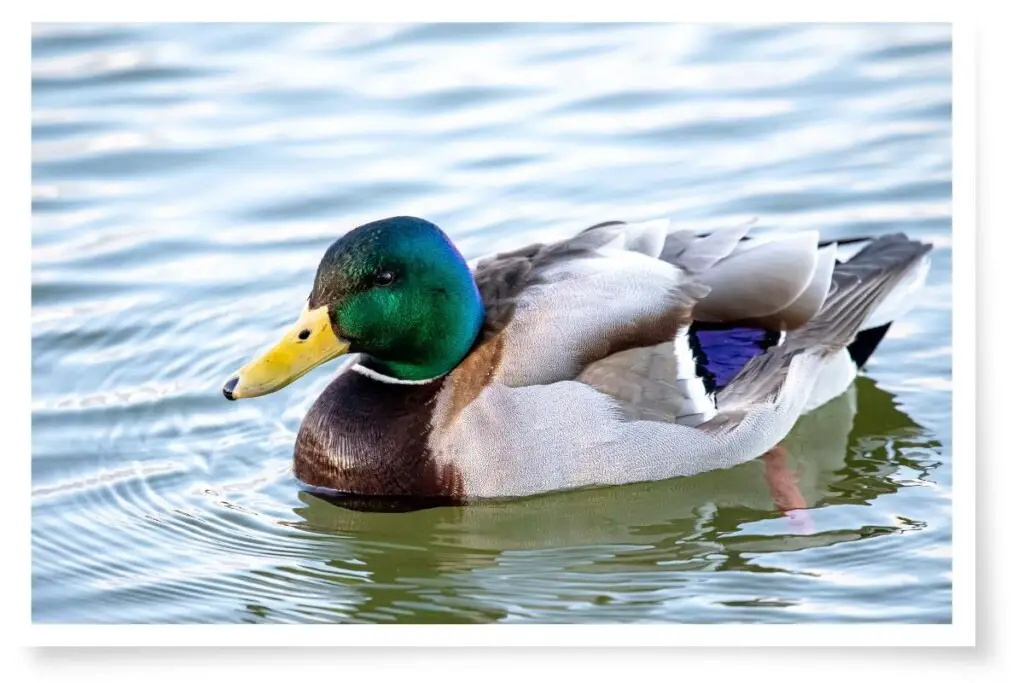
The Mallard is one of the most familiar and widespread dabbling ducks. ‘Dabbling’ is the feeding technique ducks use whereby they tip headfirst into the water and feed from below the surface.
Male mallards are between 55 and 70 cm (21.7-27.6 in.) long and females are between 50 and 60 cm (19.7-23.6 in.).
As with most bird species, the males are the more colorful. Males in their breeding plumage have dark green heads, a white neck ring, and chestnut-brown breasts. Their upper parts are brownish-gray and they have gray plumage underneath.
Male mallards also have black central tail feathers and a brilliant blue to violet patch on their wings.
Female mallards have a streaky pattern of buff, white, gray, or black on brown feathers. Their underparts are pale and mottled and they also have the blue to violet patch framed by black and white on their wings.
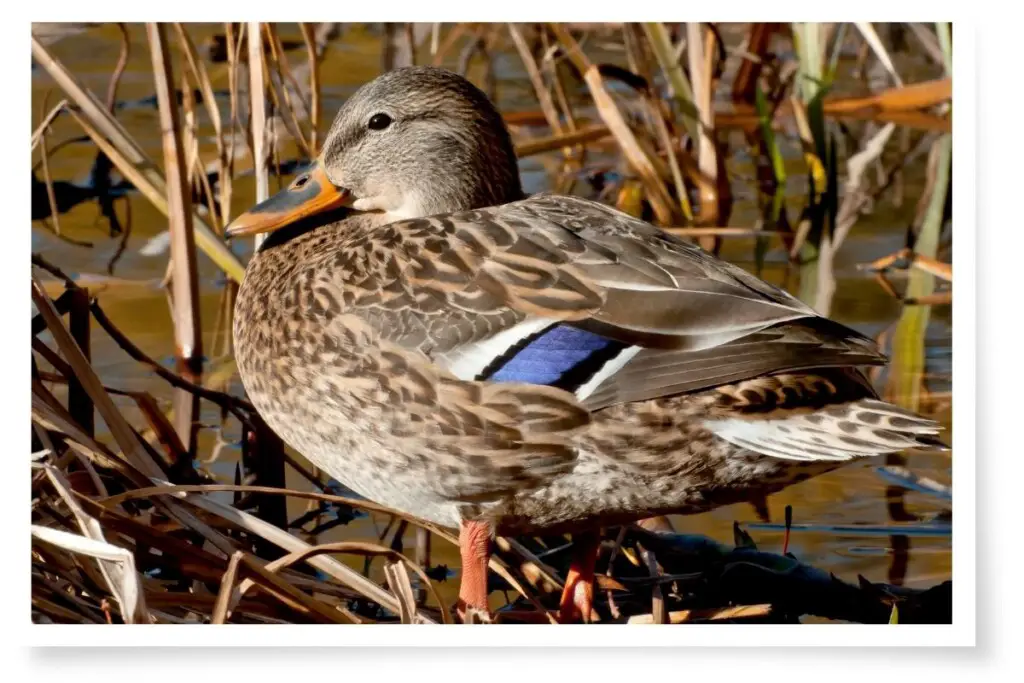
Calls
Mallards are very vocal ducks. There are differences in the male and female calls.
Male Rasping Call
Female Call
Female Flight Call
Ducklings’ Call
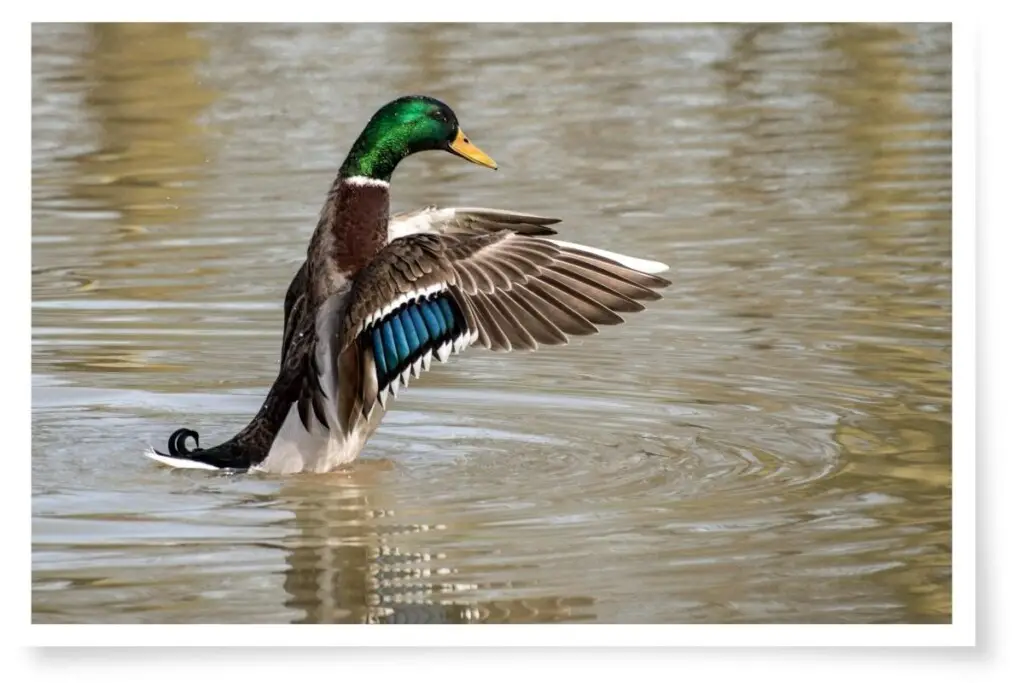
Time Of Day They Are Heard
You will hear the calls of Mallards all throughout the day, though they are most vocal during the early morning and late evening.
They will make flight calls while flying at night.
8. Mourning Dove
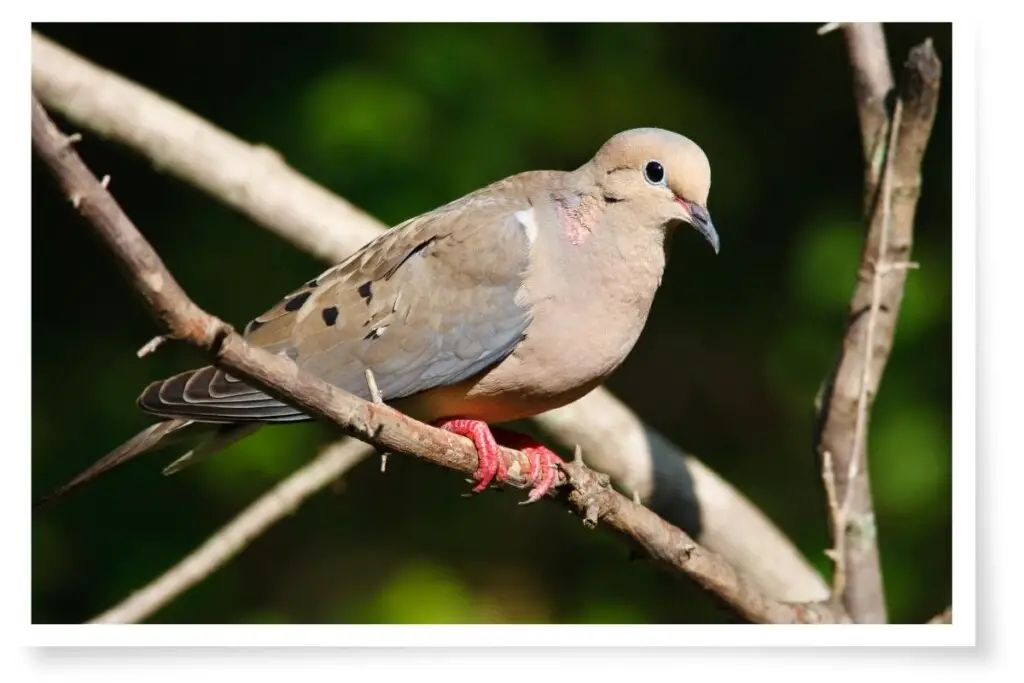
Description
Mourning Doves are very widespread across all New England states. Male birds are between 26.5 and 34 cm (10.4-13.4 in.) and female birds are around 22.5-31 cm (8.8-12.2 in.) in length.
Male and female mourning doves are very similar in coloring though the males are slightly more colorful.
These birds are grayish-blue or grayish-brown above and buffy below. They have black spots on their wings and behind their eyes.
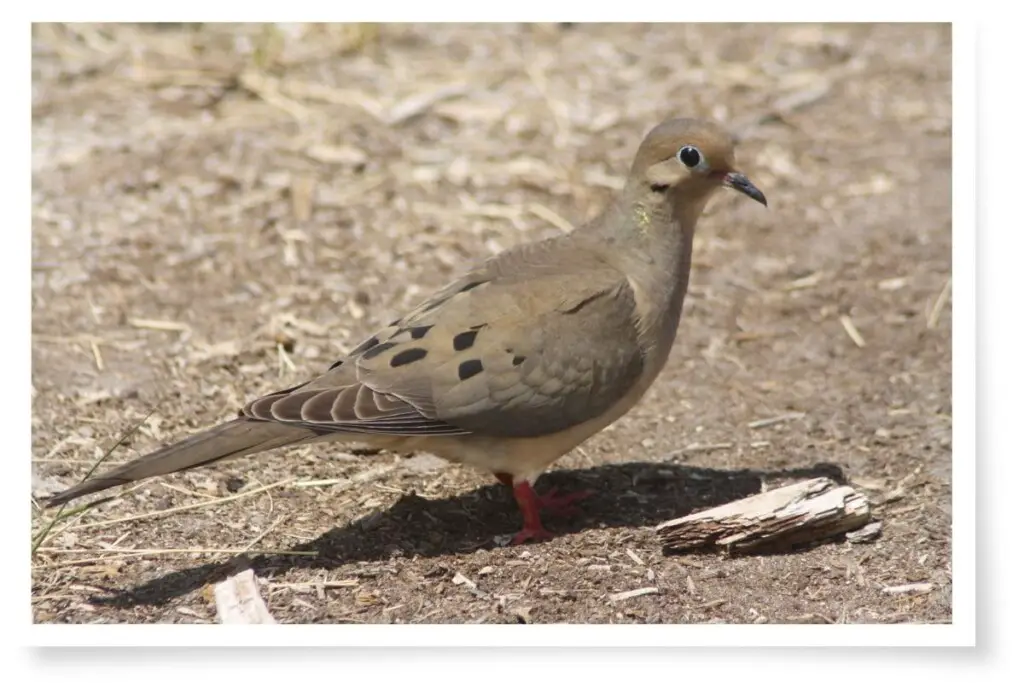
Calls
Just like many pigeons and doves, the calls made by the mourning dove have a sexual context. The development of their calls is related to their sexual maturity.
Call Example 1
Call Example 2
Call Example 3

Time Of Day They Are Heard
Mourning doves are most vocal around half an hour before sunrise and will become less vocal after about one and half hours following sunrise.
They will again be vocal in the afternoon but not so much as in the morning. They are generally quiet during the night.
9. Northern Cardinal
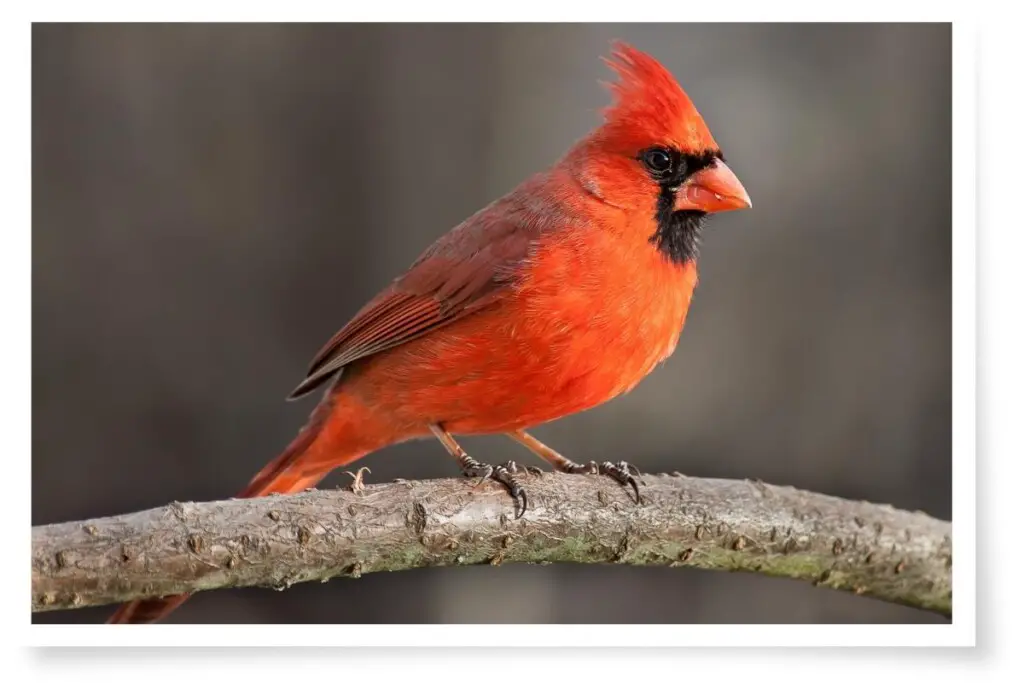
Northern Cardinals are among the most abundant birds on the North American continent. They are common visitors year-round in most New England states.
Male cardinals are unmistakable with their bright red plumage and black face masks. Males are between 22.2 and 23.5 cm (8.7-9.2 in.) in length.
Female cardinals are a grayish-tan color with some red on their wings, tails, crests, faces, and breasts. They also have face masks but theirs are pale gray to black.
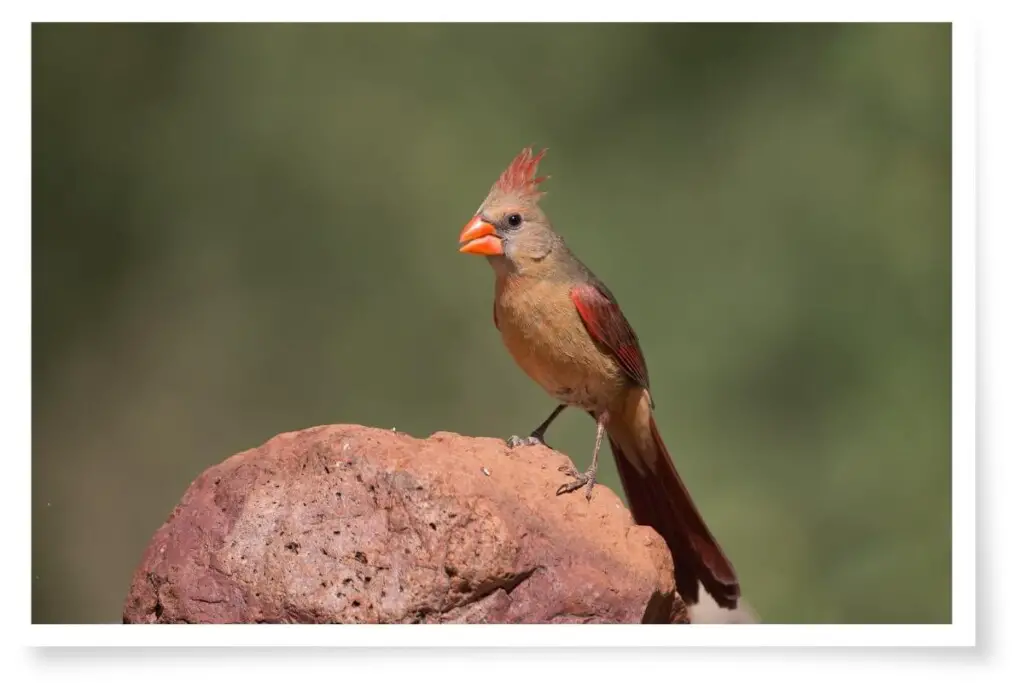
Calls
The most common sound a northern cardinal will make is a chip sound. They have a variety of other calls also.
Chip Call
Call Example 2

Call Example 3
Call Example 4
Time Of Day They Are Heard
Northern cardinals can be heard anytime throughout the day, though their vocalizing varies depending on the seasons.
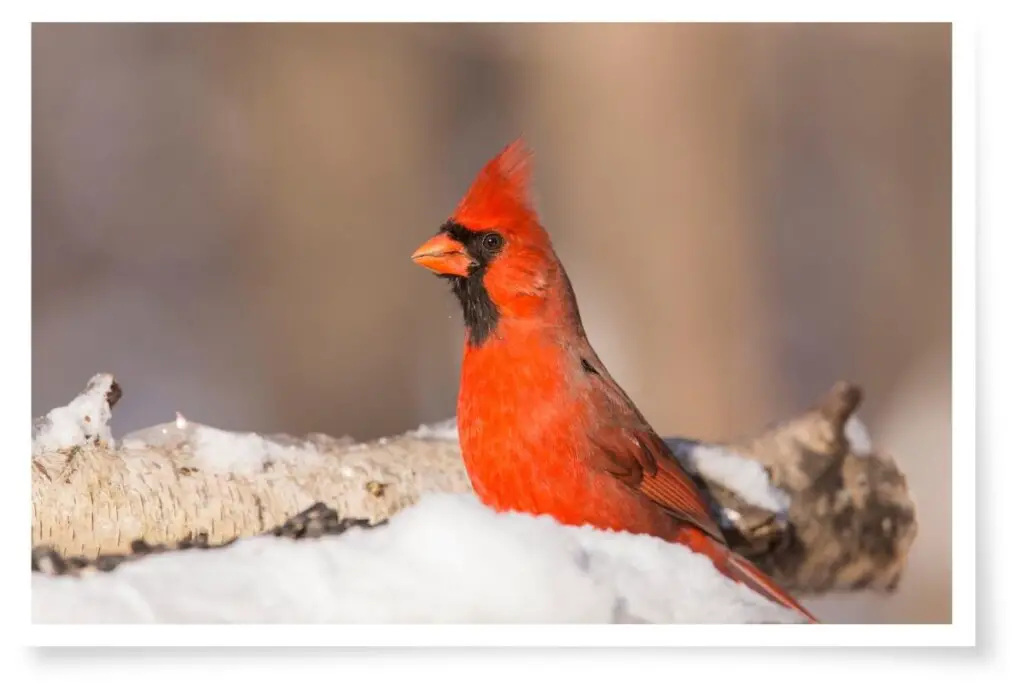
Generally, they will sing after daybreak and before sunset. They have been reported to sing during the night from April to July in Tenessee and during spring and summer in Houston, Texas. As their vocalizing depends on both seasons and location, they may or may not be heard at night in New England.
The latest recording on xeno-canto.org was captured at 8:31 PM in Arlington, MA in June of 2016 which was just after sunset.
10. Northern Flicker
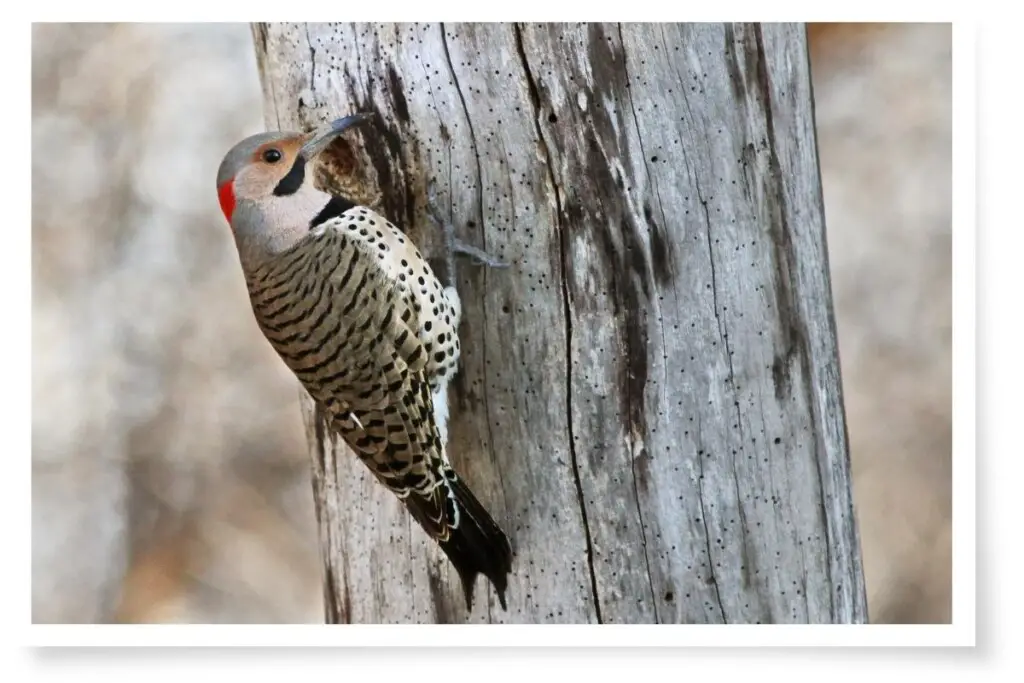
The final bird in this article is a member of the woodpecker family found year-round in all New England states.
The Northern Flicker is around 28-31 cm (11-12.2 in.) in length. Their upper feathers are grayish-brown with irregular black striping. Underneath, they are off-white with numerous black spots which appear as though they have been dabbed with a paintbrush.
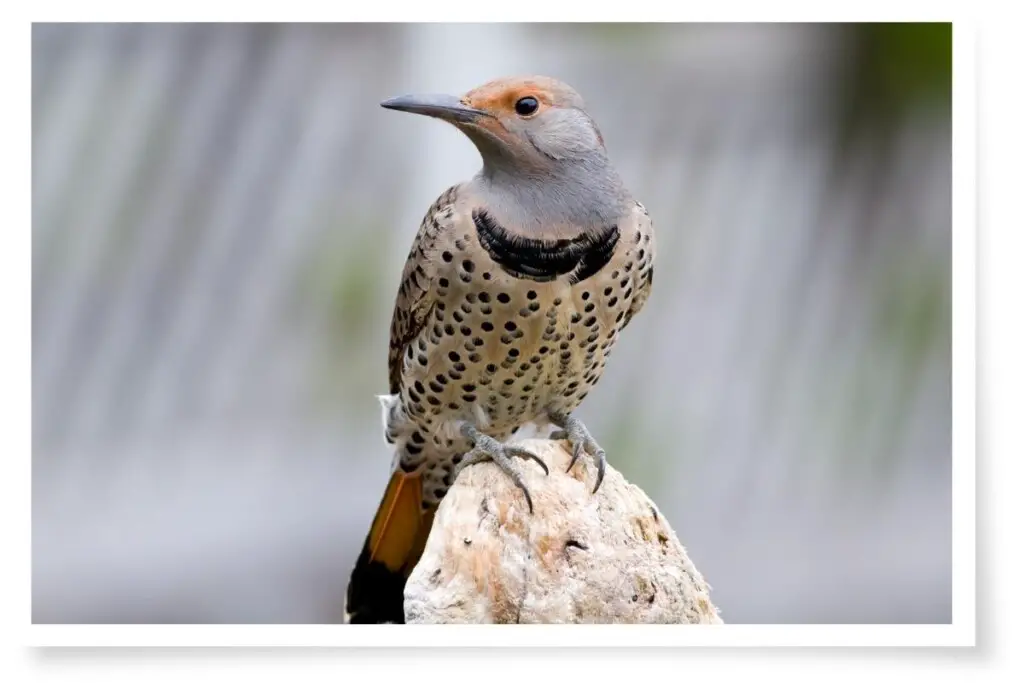
As seen in the image above, northern flickers have a black crescent on their breast which also gives the impression it has been painted on.
The heads of male northern flickers are mostly gray with black whiskers and a red patch on the nape of the neck. They also have brown eyebrows.
There are two different species of northern flicker; the yellow-shafted and the red-shafted. This refers to the color of the underside of their tails.
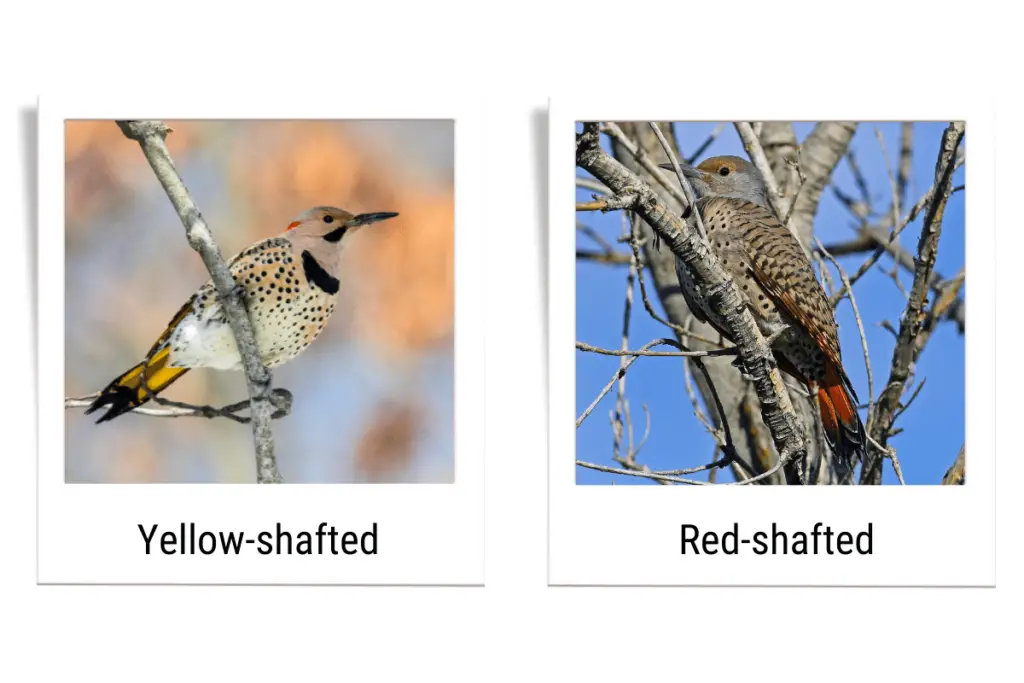
Calls
Northern Flickers have a wide variety of calls in addition to the usual drumming and tapping of other woodpeckers.
Call Example 1
Call Example 2

Call Example 3
Call Example 4 (Two birds interracting)
Time Of Day They Are Heard
Northern Flickers can be heard all throughout the day. They are mostly quiet at night bar the occasional drumming.
Judging from the time spread of xeno-canto recordings, they seem to begin vocalizing in the early morning and make their last calls for the day around dusk.
Other Articles In This Series
References
- Bird facts and information – birdsoftheworld.org.
- All bird sound recordings – xeno-canto.org.
